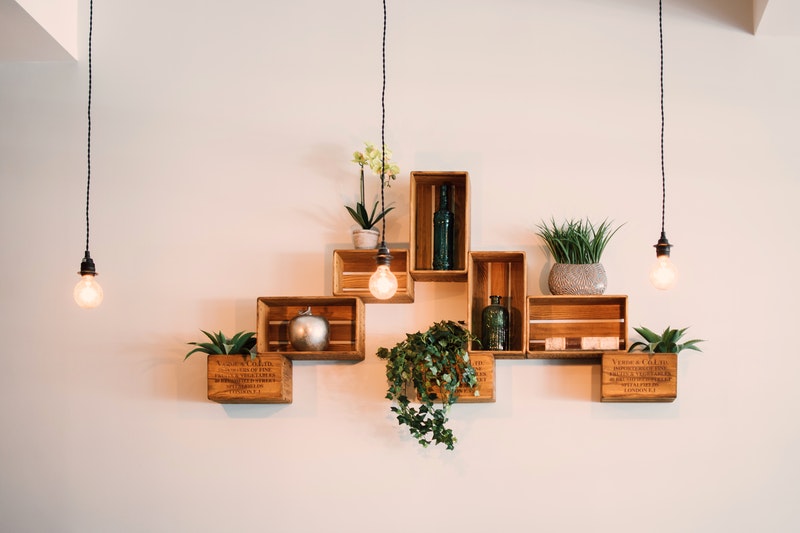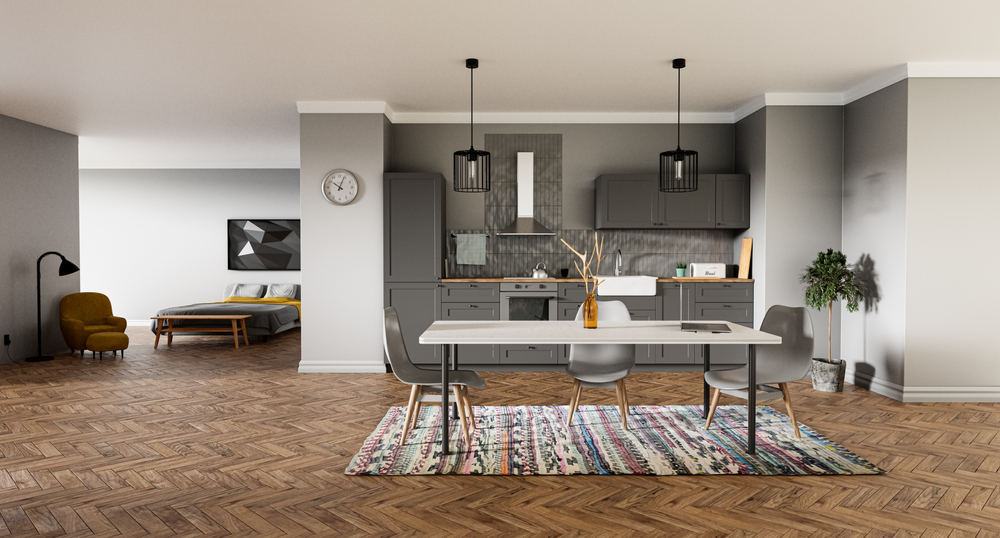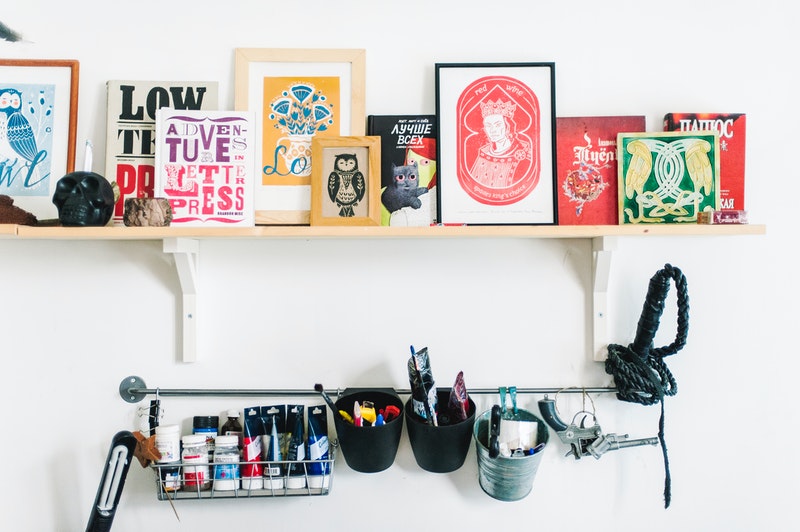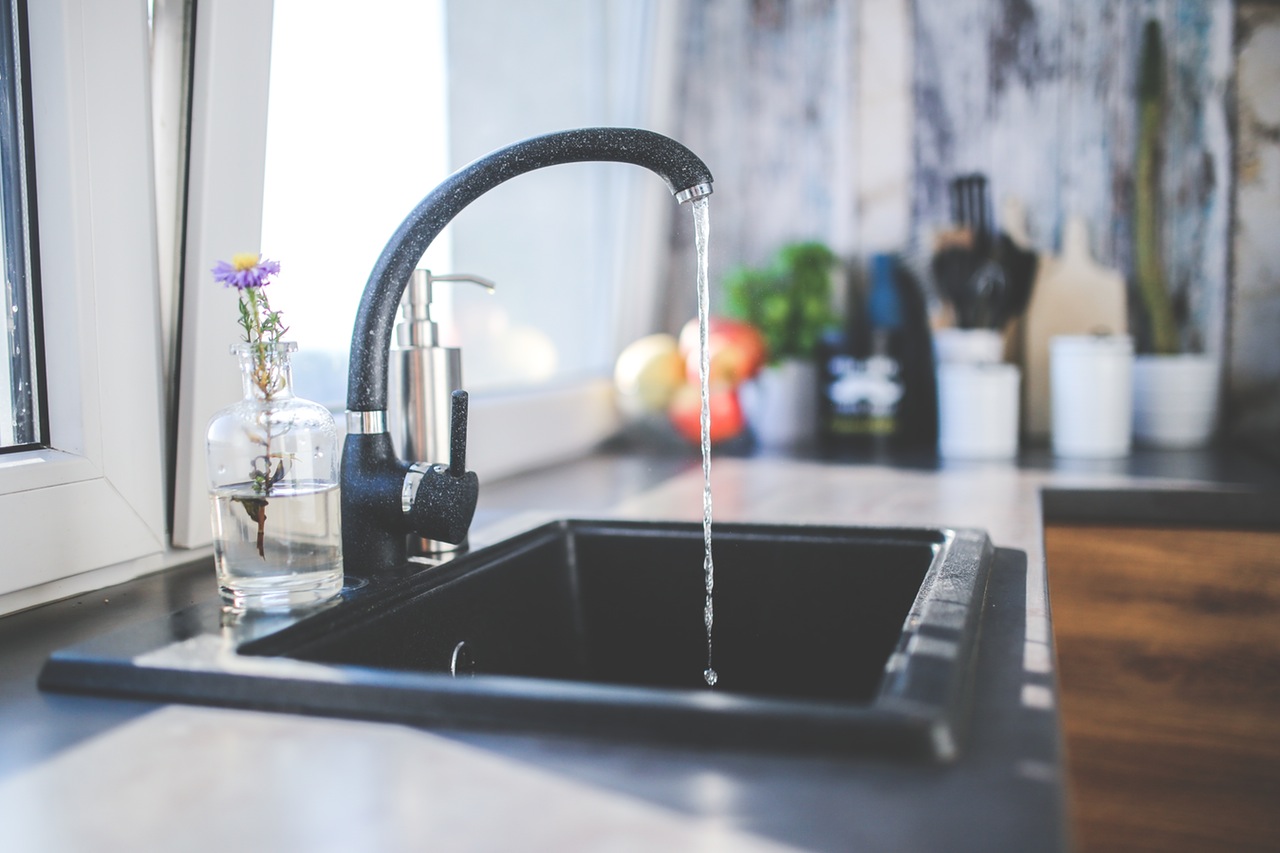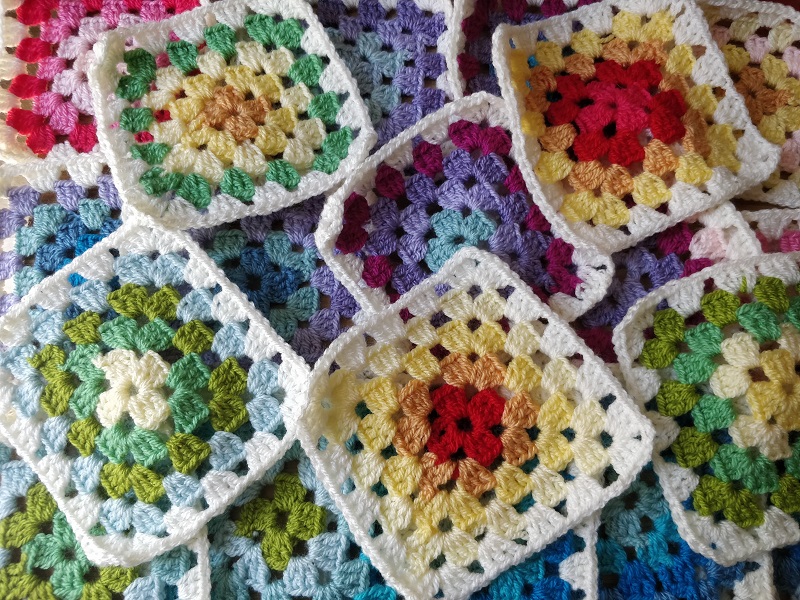More Tips to Make Your Period Property More Comfortable
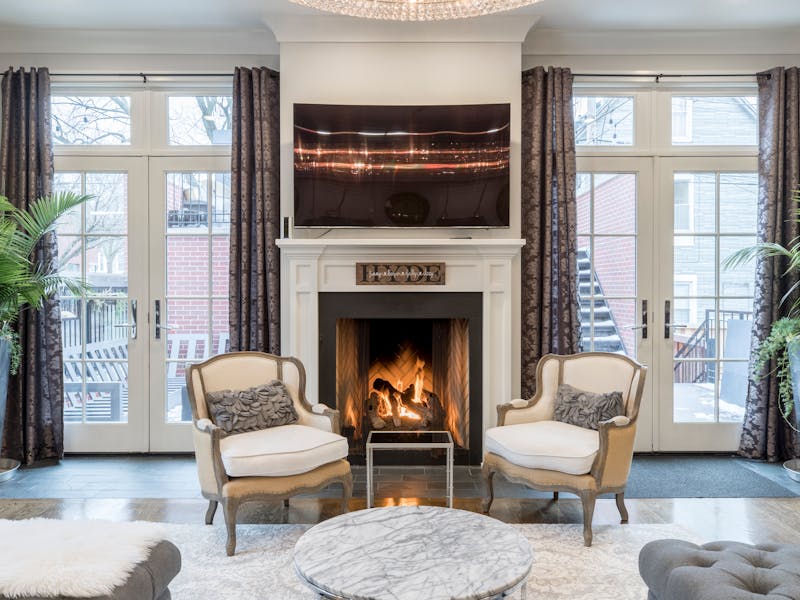
Period properties offer plenty of charm and character with their historic architecture, high ceilings, and unique features. Yet, as beautiful as these homes are, they often come with quirks that make them less comfortable for modern living. From draughty rooms to inefficient heating systems, a period property can require a few upgrades to make it a warm, functional space that maintains its charm while offering modern comfort.
The essential must-do improvements are typically easy to spot with the naked eye. Issues like roof repair, secondary glazing, and reflooring often stand out as the first things homeowners notice. A roof that has aged and begun leaking can cause serious problems, while older, single-glazed windows let the heat escape and allow cold air to creep in. Floors can also contribute to a home’s discomfort, especially if they haven’t been upgraded in years and offer little in the way of insulation. But once these are addressed, there’s more you can do too.
Re-do the Insulation
One of the most significant issues with period properties is their insulation. Many homes built in earlier centuries lack the modern insulation that helps regulate temperature, making them harder to heat in the winter and cool in the summer.
Re-doing the insulation is a must if you want to make your home more comfortable. It’s worth considering upgrading insulation in key areas like the roof, walls, and floors. Many older properties have little or no insulation at all, or if they do, it may be outdated and no longer effective.
Installing modern insulation can greatly improve the energy efficiency of your home, keeping it warmer in the winter and cooler in the summer, and helping to lower energy bills. You can opt for different types of insulation depending on your property’s needs. Roof insulation is one of the most effective methods as heat rises and escapes through the roof. Cavity wall insulation is also a great solution for older homes that are draughty due to thin or poorly constructed walls. The floors can also be insulated, especially if you’re considering reflooring as part of your property upgrade.
Add Soundproofing Panels
After re-insulating the space, it’s time to think about soundproofing. Period properties are often poorly insulated for sound, and you might find that external noise or the sounds from adjacent properties easily travel through.
Adding soundproofing panels can significantly reduce noise pollution in your home, making it a quieter and more serene space to live in. Typically, soundproofing is best done after re-insulating so that you fully understand the level of noise reduction you require. There are a variety of soundproofing solutions available, from acoustic panels to specialised wall linings that help absorb sound. These can be installed in walls, ceilings, or even floors, depending on where the noise is coming from and how much soundproofing is needed.
Add Underfloor Heating
If you’re considering reflooring, adding underfloor heating is a step you shouldn’t overlook. Underfloor heating not only adds an extra level of comfort to your home but also distributes heat more evenly across rooms compared to traditional radiators.
This type of heating system is particularly beneficial in homes with tiled or stone floors, which can feel cold underfoot. By installing underfloor heating, you can enjoy the warmth radiating from the floor, making your space much cosier and more pleasant to live in. Underfloor heating is also a great way to save space, as you won’t need radiators taking up wall space. This can allow you to make better use of the available area, giving you more flexibility in terms of furniture placement and room layout.
There are two main types of underfloor heating systems: electric and water-based (wet systems). While electric systems are easier to install and are ideal for smaller spaces, wet systems are more energy-efficient in the long term, especially in larger rooms.
Upgrade the Heating System
Many period properties still rely on outdated heating systems, such as old boilers and inefficient radiators. Upgrading your heating system is a smart investment that will not only improve your comfort but also help reduce your energy bills.
Modern heating systems are far more efficient than older models, providing better heat distribution and quicker warm-up times. A new boiler, for example, can significantly reduce energy consumption, making your home both warmer and more cost-effective to run. Additionally, you might want to consider installing a programmable thermostat or smart heating system that allows you to control the temperature of your home remotely, ensuring that your house is always warm when you need it to be.
If you’re lucky enough to have an original fireplace, restoring it can also provide an additional source of heat during colder months.
Restore Original Features Whenever Possible
One of the best aspects of living in a period property is the wealth of original features they often have. From intricate plasterwork and ceiling roses to traditional fireplaces and sash windows, these features add character and charm that newer homes simply don’t have.
Wherever possible, restoring these original features can make a huge difference to the overall look and feel of your home. If you’re lucky enough to have original wooden floors, consider sanding them back and refinishing them rather than replacing them. Similarly, if you have sash windows, think about refurbishing them rather than replacing them with modern windows. Not only will this help retain the period charm of your home, but it can also add value to your property.
Ensure Proper Ventilation
Proper ventilation is crucial in any home, particularly in older properties where moisture can build up, leading to damp and mould. This can cause damage to your home and be detrimental to your health.
Improving the ventilation in your home can help prevent moisture build-up and improve indoor air quality. In many cases, this might mean upgrading the ventilation system entirely, especially if your home currently lacks proper airflow. Installing extractor fans in bathrooms and kitchens can help reduce condensation while adding air vents or trickle vents to windows can help improve airflow throughout the home.
You should also make sure that the roof and walls of your property are properly ventilated. Ensuring that your roof space has adequate ventilation will help prevent damp and mould from developing in your attic or loft space, which can cause serious problems down the line.
Modernise Plumbing and Electrics for Safety and Efficiency
Older homes often come with outdated plumbing and electrics that may no longer meet modern safety standards. Upgrading these systems is essential not only for the comfort of your home but also for safety and efficiency.
Modernising your plumbing can improve water pressure and ensure your home’s systems run efficiently, which is particularly important in properties where the plumbing hasn’t been updated for several decades. Similarly, updating the electrics in your home is crucial to avoid potential fire hazards, especially if the wiring is old or worn. Installing modern electric systems also allows you to add additional outlets, which can be helpful in rooms where the original design didn’t accommodate modern electrical needs.
Install Modern Lighting Fixtures
Good lighting is key to creating a comfortable, welcoming home. Installing modern lighting fixtures can brighten up your period property and complement its style without detracting from its original charm.
Consider using a combination of ceiling lights, wall sconces, and table lamps to create layered lighting that enhances the architectural features of your home. For example, chandeliers or pendant lights can highlight high ceilings, while modern LED lighting solutions can offer energy-efficient alternatives that still look stylish in a period setting.
Making a period property comfortable while maintaining its historic charm is all about striking the right balance between old and new. By carefully upgrading elements like insulation, heating, and ventilation, while restoring and preserving original features, you can create a space that is both cosy and full of character. Whether you’re embarking on a full renovation or making smaller upgrades, these tips will help transform your period home into a warm, welcoming haven.
